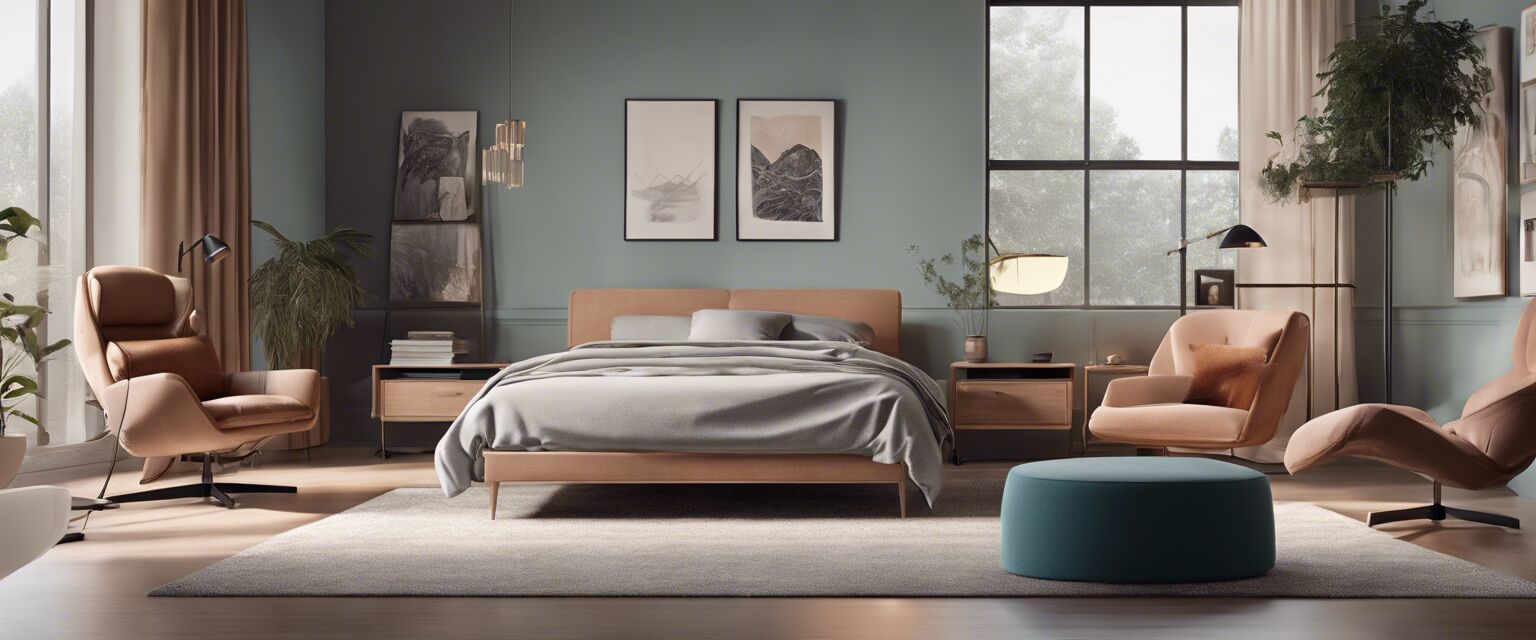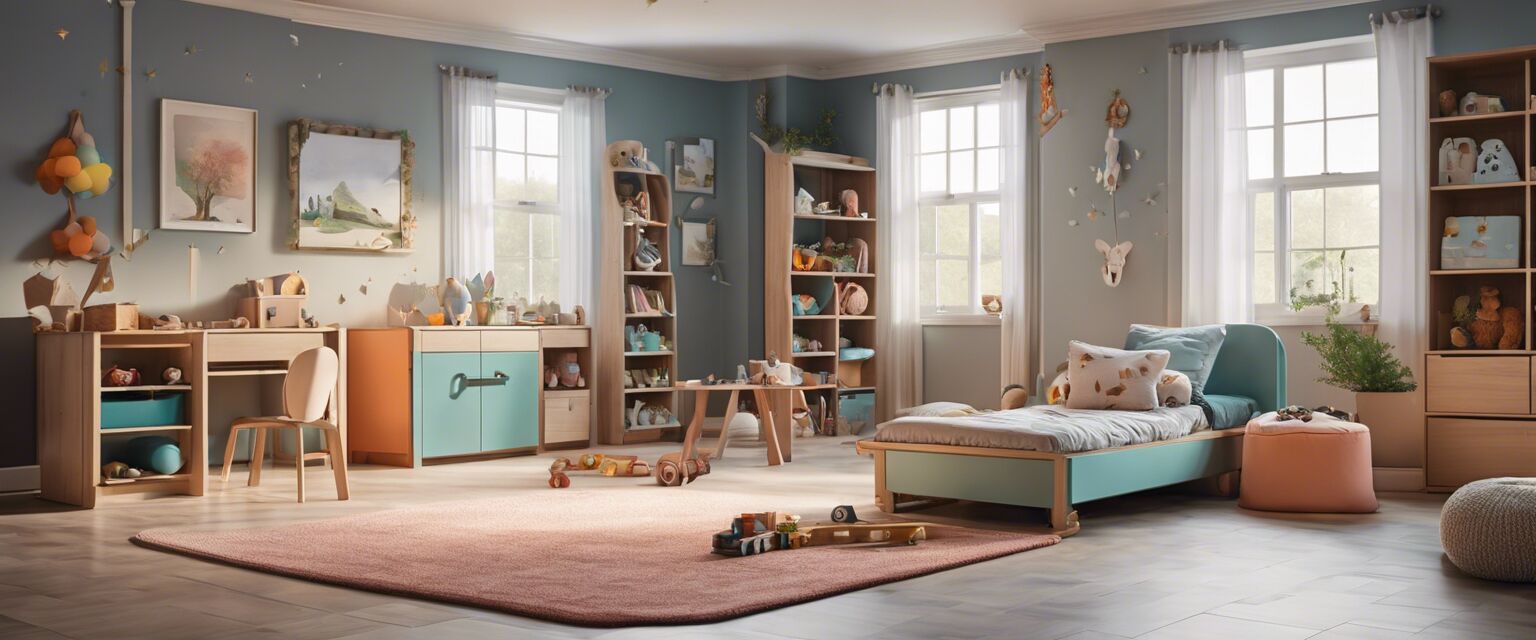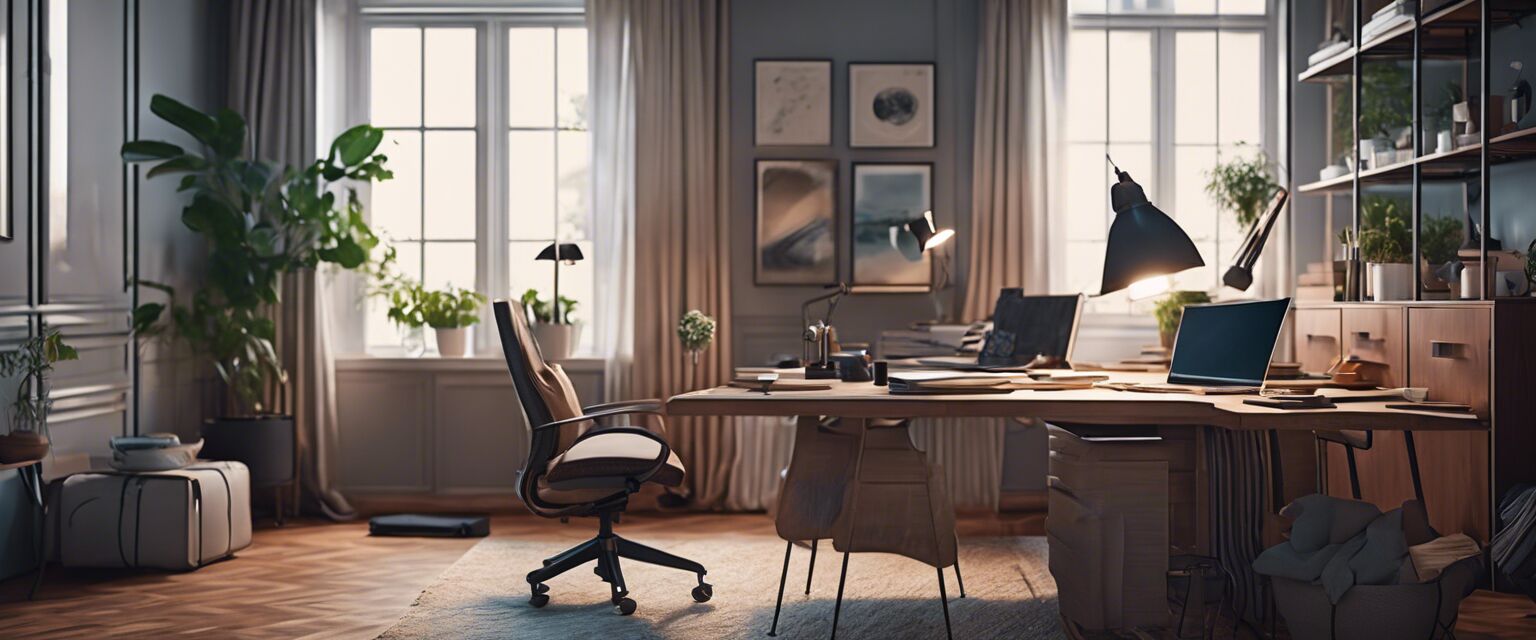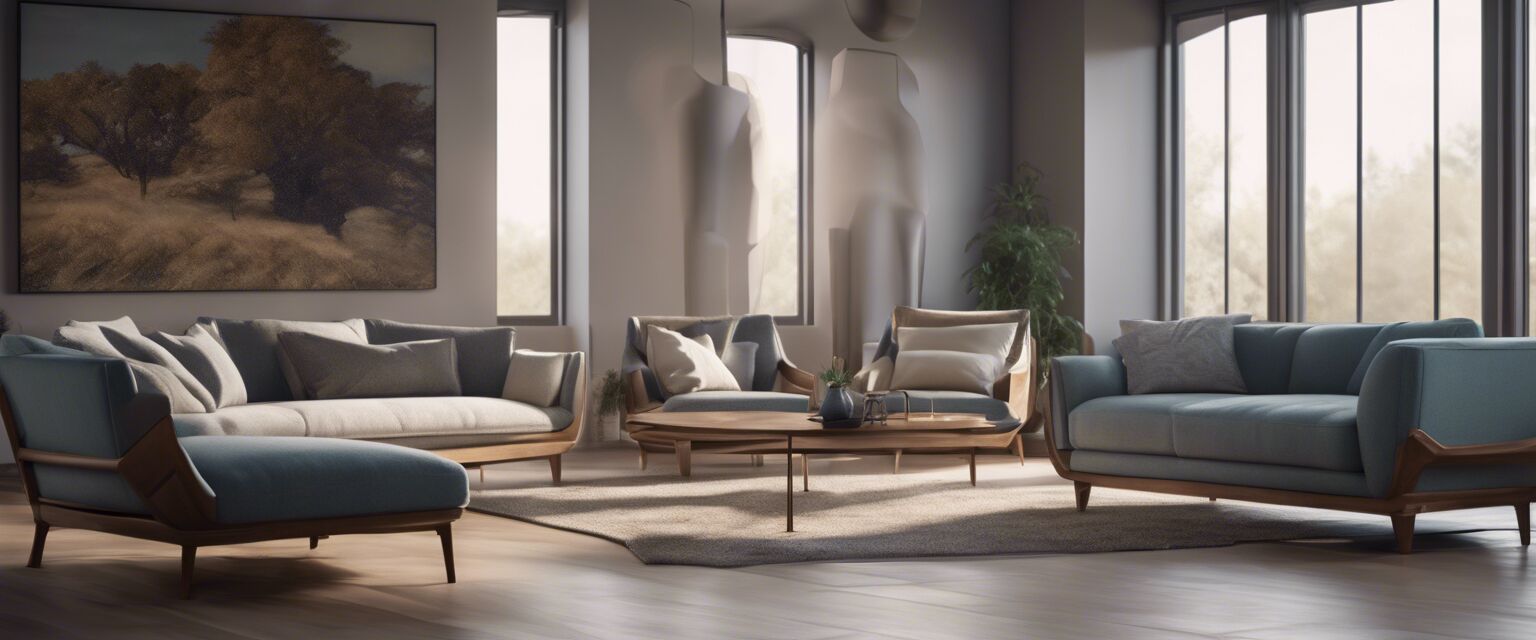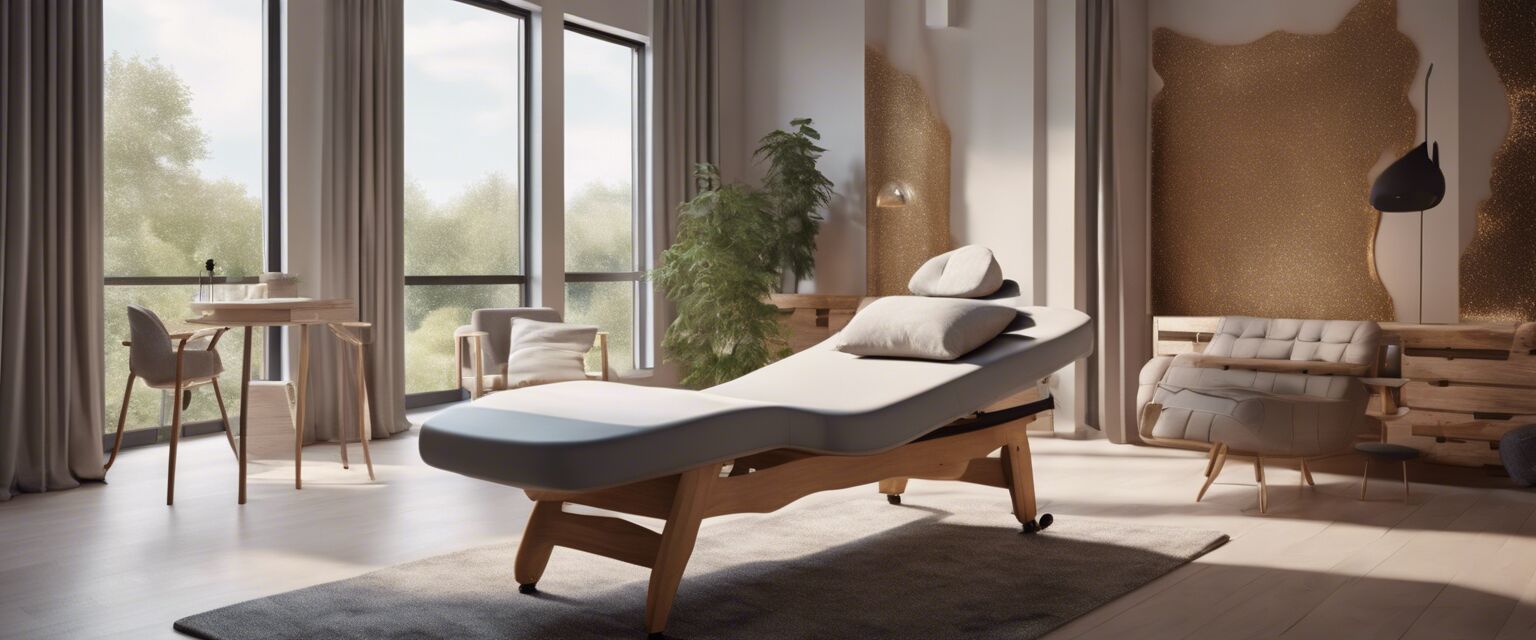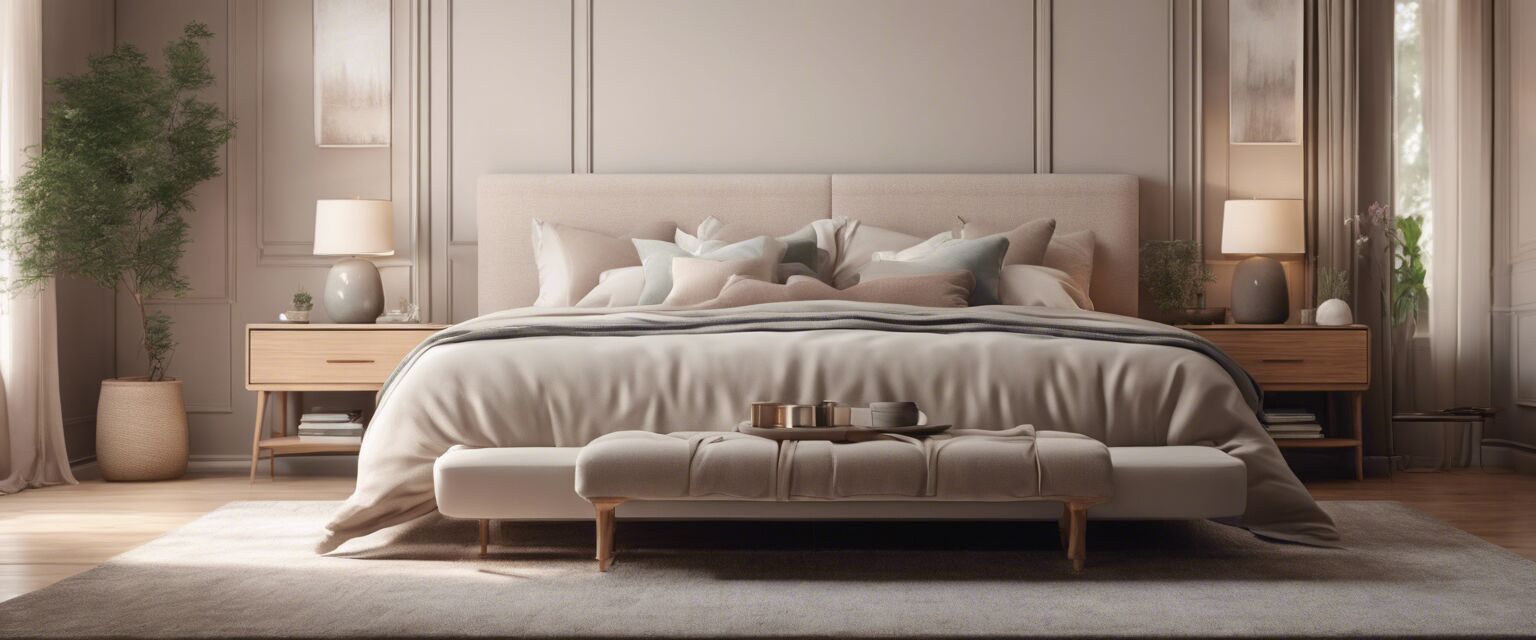
Sensory-Integration Furniture Solutions
Key Takeaways
- Furniture designed for sensory integration fosters comfort and focus.
- Ergonomic designs cater to sensory needs, enhancing productivity.
- Variety of options available, including calming beds and therapeutic sofas.
- Quiet room accessories enhance sensory experiences.
- Investing in sensory-friendly furniture can positively impact daily activities.
Creating an environment that promotes sensory integration is essential for individuals who benefit from sensory-friendly spaces. Sensory-integration furniture solutions are specifically designed to cater to the unique sensory needs of individuals, particularly those on the autism spectrum. This article will explore various types of furniture, their benefits, and how they can enhance daily living.
Understanding sensory integration
Sensory integration refers to the process by which the brain organizes and interprets sensory information. For individuals with sensory processing challenges, having the right furniture can make a significant difference in their comfort and functionality within a space.
The importance of sensory-friendly furniture
Furniture that caters to sensory needs not only provides physical comfort but also creates a calming environment. This type of furniture can help reduce anxiety and improve focus, making it easier for individuals to engage in various activities.
Types of sensory-integration furniture
Here are some popular types of sensory-integration furniture solutions:
| Type of Furniture | Description | Benefits |
|---|---|---|
| Calming Beds | Beds designed to provide a soothing and safe sleeping environment. | Enhances relaxation, promotes better sleep quality. |
| Ergonomic Desks | Desks that can be adjusted for height and comfort. | Encourages proper posture, reduces discomfort during work. |
| Sensory Chairs | Chairs that offer support and comfort for various activities. | Improves concentration, provides comfort during long periods of sitting. |
| Therapeutic Sofas | Sofas designed for relaxation and sensory engagement. | Encourages social interaction, provides a comfortable resting space. |
| Quiet Room Accessories | Items that create a calming atmosphere in a designated space. | Reduces sensory overload, promotes tranquility. |
Benefits of using sensory-integration furniture
Investing in sensory-friendly furniture comes with numerous benefits:
- Promotes a calm and soothing environment.
- Enhances focus and reduces distractions.
- Supports physical comfort and well-being.
- Encourages independence and self-regulation.
- Facilitates social interactions and engagements.
Choosing the right sensory furniture
When selecting sensory-integration furniture, consider the following factors:
- Functionality: Ensure the furniture meets the specific sensory needs of the individual.
- Comfort: Look for ergonomic designs that provide comfort during use.
- Durability: Choose materials that can withstand regular use.
- Safety: Opt for furniture that is safe and suitable for the intended user.
Popular sensory furniture options
Explore some popular sensory furniture options available:
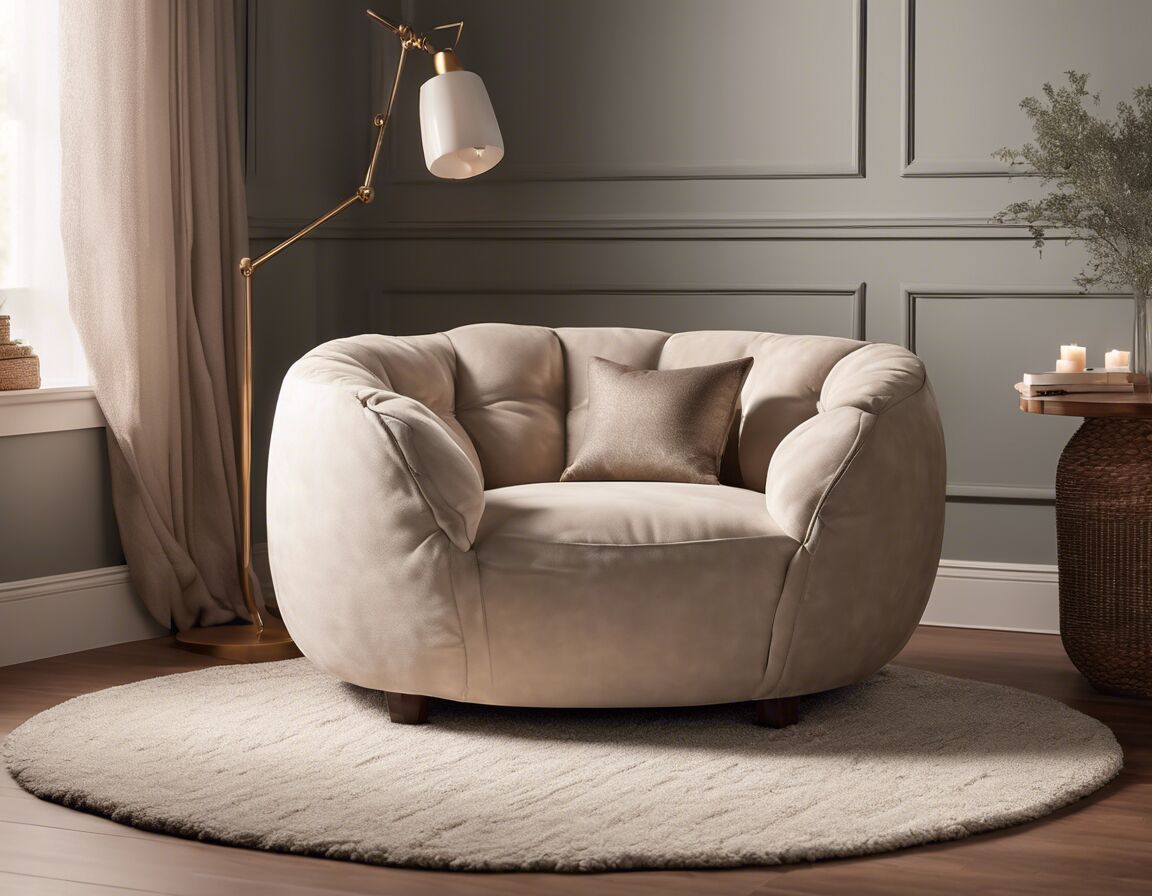
Creating a sensory-friendly space
In addition to the right furniture, creating a sensory-friendly space involves considering the overall environment:
- Use soft lighting to reduce glare.
- Incorporate calming colors and textures.
- Add sensory elements such as weighted blankets or fidget toys.
- Ensure adequate space for movement and exploration.
Key elements for a sensory-friendly room
| Element | Recommendation |
|---|---|
| Lighting | Soft, adjustable lighting to create a calming atmosphere. |
| Color Scheme | Use soft, neutral colors to promote tranquility. |
| Textures | Incorporate various textures for sensory exploration. |
| Sound | Consider soundproofing options or soothing background sounds. |
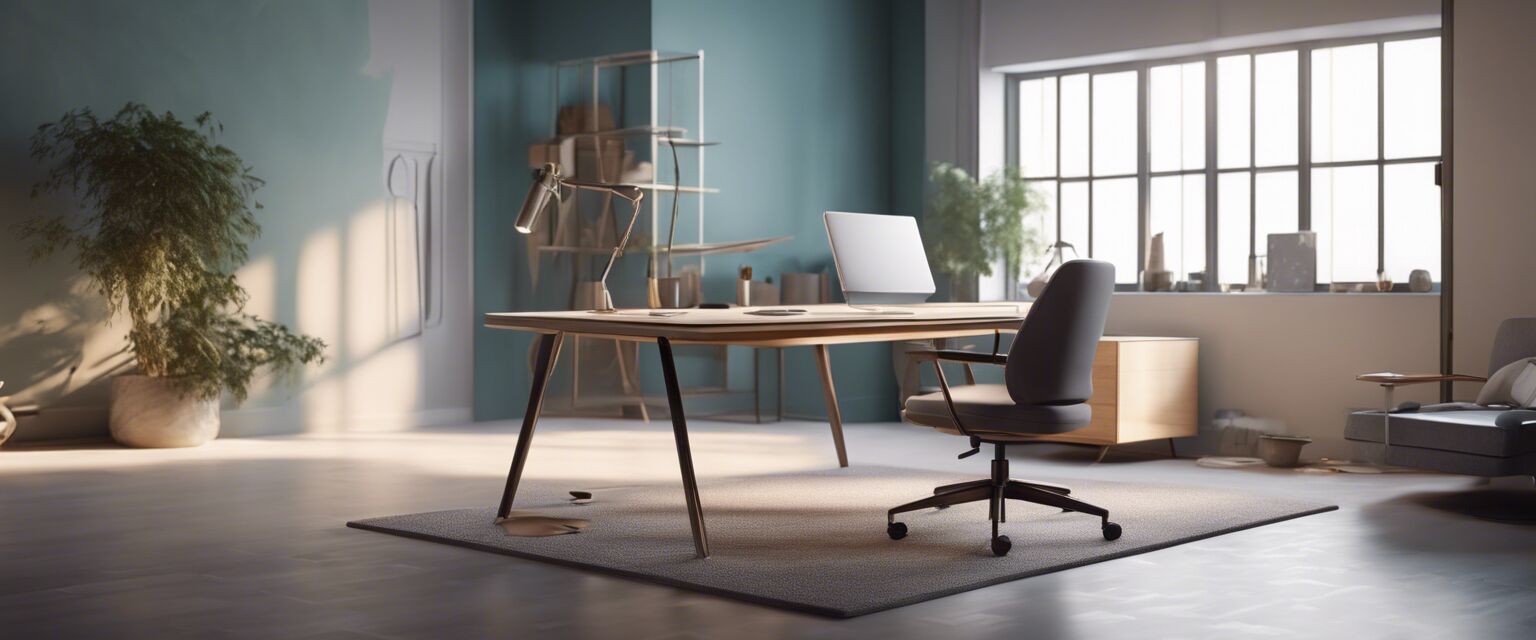
Conclusion
In conclusion, sensory-integration furniture solutions are vital for creating an environment that supports individuals with sensory processing challenges. By incorporating ergonomic designs and sensory-friendly features, we can enhance comfort and functionality in daily living. Explore the various options available and invest in furniture that caters to sensory needs.
Tips for beginners in sensory-friendly furniture
- Start with a few essential pieces and gradually add more as needed.
- Consider the individual's preferences and sensory needs when choosing furniture.
- Test out different options to see what works best in the space.
- Stay informed about new sensory furniture trends and recommendations.
Pros
- Enhances comfort and relaxation.
- Promotes focus and productivity.
- Encourages social interaction.
- Variety of options to cater to individual needs.
Cons
- Initial investment can be high.
- Not all furniture may suit every individual.
- Space requirements can be a consideration.
